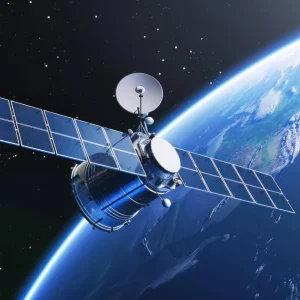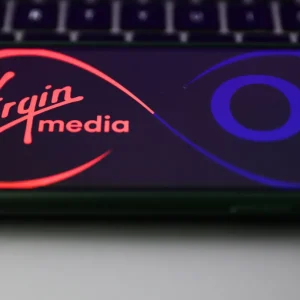People could save their lives in disaster-struck countries by using social media and mobile phones, the new 2013 world disasters report has revealed.
The report by the International Federation of Red Cross and Red Crescent Societies (IFRC) revealed that limited access to information and technology would have an impact on people’s ability to predict, survive and recover in emergencies.
The report noted that while new technologies have been allowing people to help themselves more in disaster-affected communities, access to these technologies is extremely unequal, with several disaster-prone countries left without access to technology.
IFRC also said that respondents in the world’s most poor nations remain hampered thanks to limited access to basic technological tools including early-warning systems and network infrastructure.
The report editor Patrick Vinck said although the overall number of people affected by disasters decreased in 2012, the number of people affected in the poorest countries increased, with over 31.7 million people affected.
"They are also often the ones with the least access to technology," Vinck said.
The report recommends that the private sector, humanitarian organisations, governments and local communities collaborate and ensure access to technology for disaster-prone populations.
IFRC secretary general Bekele Geleta said:"Typhoon Bopha affected 6.3 million people in the Philippines, and thousands of lives were saved because 99 per cent of the population have access to a mobile phone and could receive early warnings and information on staying safe."
The humanitarian institution praised the extensive use of Twitter and text messaging in the Philippines when it was hit with Typhoon Bopha during December 2012.
New tools are being developed by researchers at MIT’s Computer Science and Artificial Intelligence Laboratory and the Qatar Computing Research Institute, enabling people with minimum programming skills to quickly develop mobile phone apps that can help with disaster relief.






